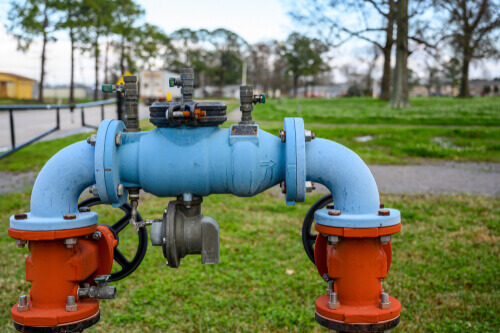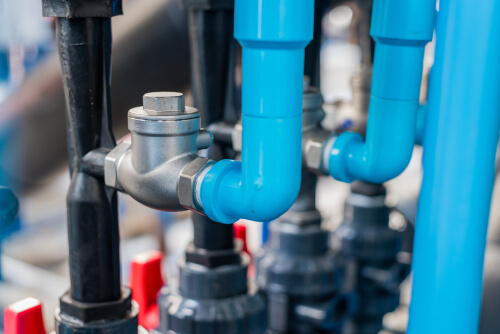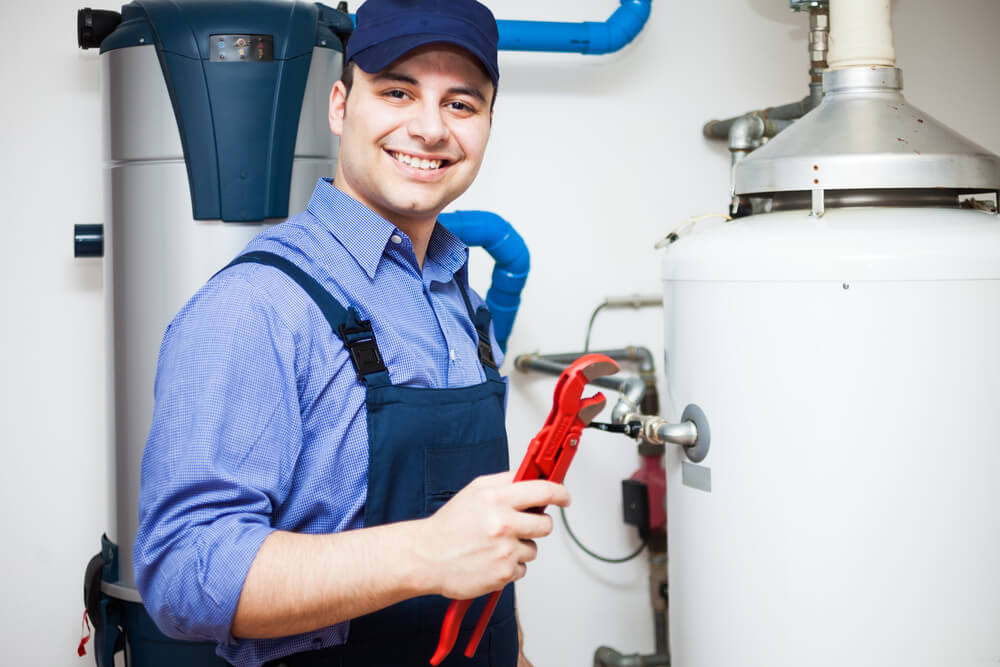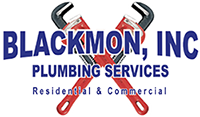Backflow Preventer Installation
Backflow Preventer Installation
Water safety is a non-negotiable priority in any home or commercial facility. At Blackmon Plumbing, we specialize in professional backflow preventer installation throughout Houston, The Woodlands, and all surrounding North Houston communities. As licensed and experienced plumbing professionals, we ensure your potable water stays clean, your plumbing system meets local regulations, and your property remains protected from contamination risks.

Do you want to protect your family and home with a backflow preventer installation from Blackmon Inc.?
Our Expert Backflow Preventer Installation Process
At Blackmon Plumbing, we follow a precise process for every backflow preventer installation to ensure total compliance with Texas Commission on Environmental Quality (TCEQ) and local water district standards.

Backflow Preventers and Local Houston Regulations
Who Needs a Backflow Preventer Installed?
While every home benefits from backflow protection, certain properties are legally required to have a device installed:
Don’t wait for an inspection notice or contamination scare—preventative installation now saves you from major fines or water quality issues later.
Why Choose Blackmon Plumbing for Backflow Services?
Here’s what sets us apart from the rest:

Ongoing Backflow Testing and Maintenance
- Tested annually by a certified backflow technician
- Repaired or replaced if it fails to hold pressure or leaks
- Documented and submitted to the appropriate water authority
Service Areas for Backflow Preventer Installation
We proudly provide expert backflow installation across:
Frequently Asked Questions

